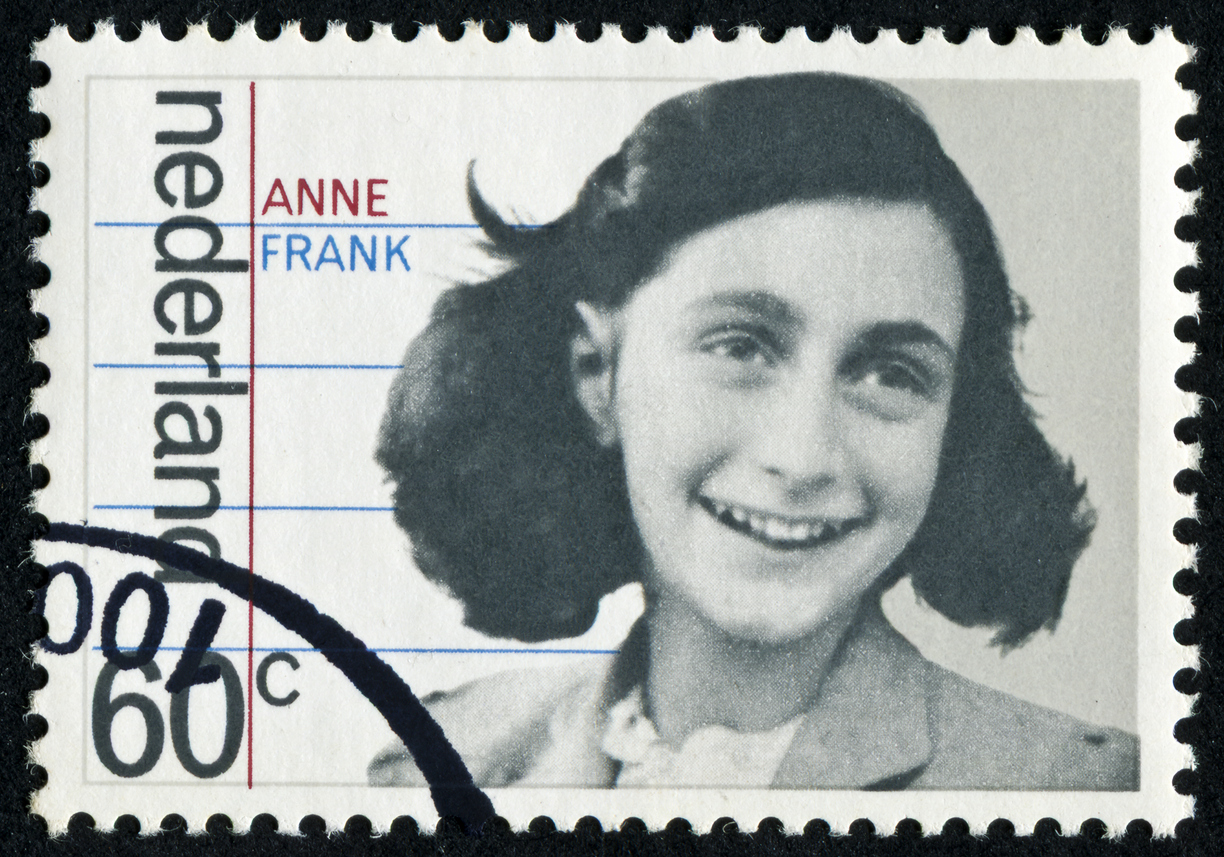| By J. Robert Parks |
Annelies Marie Frank, better known as Anne Frank, has become one of the most famous if not the most famous victim of the Holocaust. In August 1944, however, she was just a fifteen-year-old Jewish girl hiding with her family in the concealed rooms of an Amsterdam building, hoping against hope not to be discovered by the Nazis. August 4 marks the 80th anniversary of the arrest of her family and their deportation to Nazi extermination camps. Librarians and teachers wanting to educate their students about Anne and her family and the horrors of the Holocaust will find numerous resources in Gale In Context: World History.
Anne was born on June 12, 1929, in Frankfurt, Germany. Otto, her father, was a businessman there, but he and the family relocated to Amsterdam after the Nazis took power in 1933. When the Nazis invaded the Netherlands in May 1940, Otto foresaw that his family might soon be in danger, so he started moving furniture into a vacant part of the building where he worked, setting up two apartments. One would be for his family, and one would be for a coworker and his family, the van Pels.
The families moved into their hiding place in July 1942 after Anne’s older sister, Margot, received an order of deportation from the Nazis. The seven people would remain in hiding for more than two years, and their cramped quarters became even smaller in November 1942 when they were joined by a dentist named Fritz Pfeffer. The eight were assisted by four company employees, including Miep Gies, who helped provide food and clothing and other supplies for the eight, while putting themselves in great danger to protect those in hiding.
It was there that Anne wrote her famous diary. She had received it as a gift for her thirteenth birthday on June 12, 1942, and she immediately started writing in it, but the vast majority was written during the two years that Anne was in hiding. Anne writes as if she’s confiding to an imaginary friend, and the diary has captivated generations because it combines the observations and growing maturity of a smart, young teenager with the tension of a family in danger. That Anne’s cheerful, perceptive personality shines through makes the reading both enjoyable and poignant.
Anne herself had imagined that people might someday read her diary. The family heard a British radio report in March 1944 about the British planning to gather diaries and letters from the war. She imagined the title of “The Secret Annex,” thinking people might believe it was a detective story.
Five months later, the Nazis, directed by an anonymous phone call, burst into the hidden apartments and arrested the Franks, the van Pels, and Pfeffer. Over the next few months, the families were split up, with all of them dying but Otto. Margot and Anne were transferred from the Auschwitz extermination camp to Bergen-Belsen in October 1944. It’s unclear when, but historians believe the two sisters died during a typhus outbreak that decimated the camp in February and March 1945.
Otto was able to make his way back to Amsterdam after the war, and there Miep gave him Anne’s diary that she had saved. It was published in a slightly abridged form in 1947, then in translated editions in 1950 and 1952. The U.S. edition featured a preface by Eleanor Roosevelt, who described it as “one of the wisest and most moving commentaries on war and its impact on human beings that I have ever read.”
The Diary of Anne Frank continues to have a profound impact. When it was first published in the U.S. in 1952 as The Diary of a Young Girl, it was a reminder of the innocent life lost during the Holocaust. In a time when the horrors of the Nazis and fascism can fade in memory, any reminder of the millions of those who died during the Holocaust is welcome.
About the Author
J. Robert Parks is a former professor and frequent contributor to Gale In Context: U.S. History and Gale In Context: World History who enjoys thinking about how our understanding of history affects and reflects contemporary culture.


